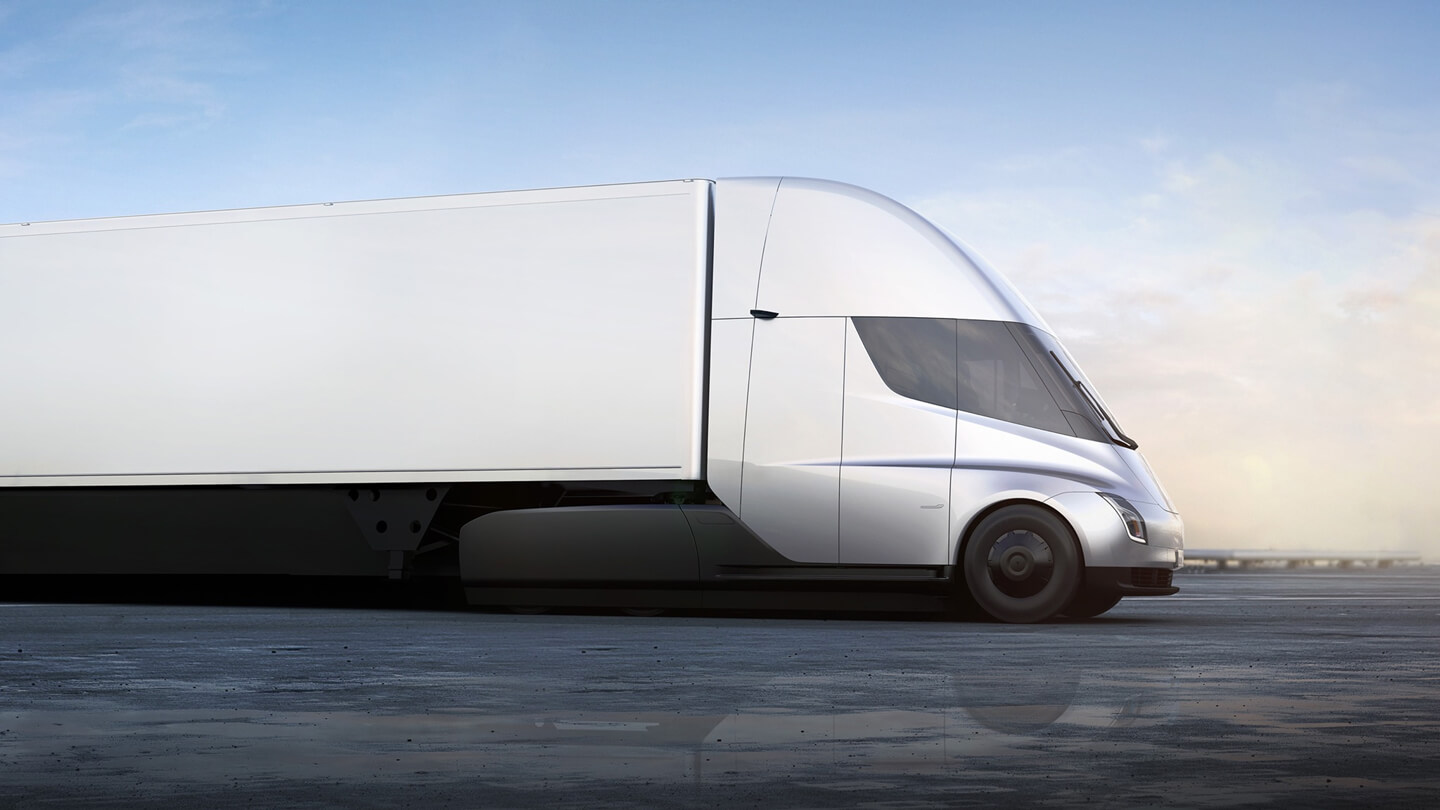
Ariss Looks at Environmental Impacts of Electric Delivery Fleets
CEE PhD candidate Rami Ariss presented interdisciplinary research completed in collaboration with Professor Jeremy Michalek, Shang Zhu (MechE), and alumna Leandre Berwe. The work, titled Improving Operational Viability, Energy Efficiency, and Environmental Impact of Electric Delivery Fleets via Vehicle-to-Grid Integration, looks at the logistical and economical challenges of transitioning from diesel trucks to electric vehicles.
“We developed a novel approach to analyze and improve the impact of EV fleets by jointly optimizing energy management and the efficiency of the fleet operation for transportation routing,” Ariss explains. The research resulted in recommendations that may help to facilitate transitioning diesel fleets toward a sustainable adoption of electric fleets—with improvements in goods mobility and energy management, direct impacts to public policies and to fleet control, and indirect impacts to sustainability of cities and communities.
Ariss brought his five years of energy-industry work experience into the project. Prior to starting his PhD studies, he served as an analyst and product manager at Advanced Microgrid Solutions. “There, I developed a deep understanding of how batteries can arbitrage time-varying energy prices and manage electric demand peaks at facilities to deliver electric cost savings to commercial and industrial customers and grid-value to electric utilities,” he states.
The idea for this research began in Professor Michalek's Engineering Optimization course. “We developed a non-linear program to co-optimize a fleet of electric trucks for deliveries and energy arbitrage,” adds Ariss.
The trend toward sustainability inspired Ariss to learn more about electrifying trucking fleets—something he believes is critical to reach climate change targets. But electric trucks face logistical complexities due to range limitations, charging requirements, and payload reductions compared to conventional diesel trucks. “I wanted to explore if smartly planning electric fleet design, routing, and scheduling under current capital costs and time-varying retail electricity tariffs could drive cost parity and increase adoption of electric vehicles with respect to diesel trucks.”
He believes that the research will contribute to the ongoing narrative of whether electric fleets can be cost competitive with traditional fleets. Ariss mentions that the adoption of smart routing, scheduling, and vehicle-to-grid planning are critical elements of electric fleet management when it comes to meeting economic goals.
 Ariss and his collaborators observed “over a 50% daily amortized cost improvement with vehicle-to-grid integration relative to an optimal charge-only operation for a plug-in electric vehicle fleet conducting intrastate transport.” Their California case study utilized Tesla Semi trucks with a 500-mile range.
Ariss and his collaborators observed “over a 50% daily amortized cost improvement with vehicle-to-grid integration relative to an optimal charge-only operation for a plug-in electric vehicle fleet conducting intrastate transport.” Their California case study utilized Tesla Semi trucks with a 500-mile range.
The results of the research showed that it’s possible to reduce both cost and environmental impact through the use of electric fleets. “If electric tariffs exhibit pricing signals that align with decarbonization goals, then our profit maximizing planning model can further decarbonize the operation of electric vehicle fleets.”
 This story demonstrates CMU's work toward attaining Sustainable Development Goal 9 of the 17 Global Goals to create a more equitable and viable planet by 2030.
This story demonstrates CMU's work toward attaining Sustainable Development Goal 9 of the 17 Global Goals to create a more equitable and viable planet by 2030.